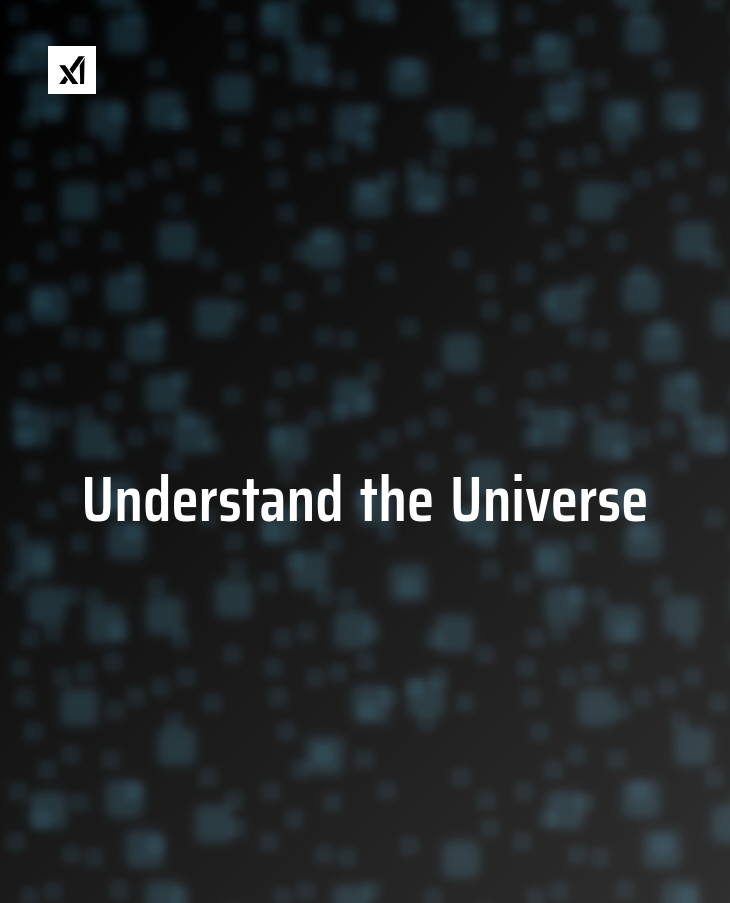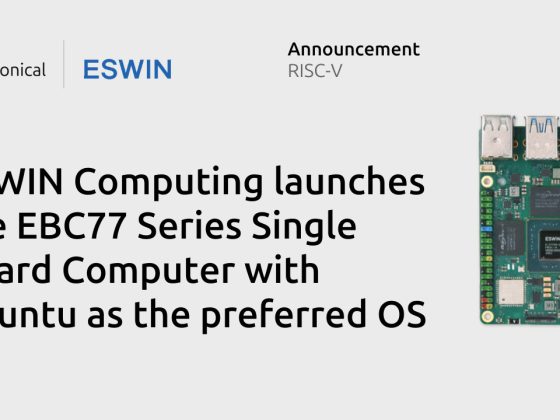Conceptualising hyperintelligence in the form of spacefarers indeed offers a stimulating intellectual diversion. In blending elements of future science, emerging technology, and philosophical theorization, this idea remains largely speculative but serves as an intriguing philosophical conversation starter.
Ascension to Space, Posthuman Scenario.
The posthumanism theory foresees a future stage of evolution where humans, leveraging advancements in technology, transcend existing biological and cognitive constraints. In this vision, posthumans — be they biological, cybernetic, or completely synthetic entities — armed with hyperintelligence could transition into spacefarers.
These posthumans, with their enhanced cognitive capabilities, might master complex technologies such as interstellar travel, terraforming planets, or even building energy-harvesting megastructures around stars — conceptualised as Dyson spheres. Further, they could be designed or evolved to survive or even flourish in environments otherwise hostile or lethal to current-day humans, positioning them as ideal candidates for space exploration and extraterrestrial habitation.
Autoreplicating AI Voyagers.
Another intriguing prospect entails the deployment of autoreplicating robotic spacecraft, colloquially known as Von Neumann probes. Hypothetically, these probes could journey to distant star systems, exploit local resources to reproduce, and dispatch these replicas to explore further star systems.
If these probes were equipped with hyperintelligent AI, they could also autonomously conduct scientific research, make decisions based on their findings, and even possibly terraform suitable planets in preparation for biological life colonisation.
Digital Entities and Dyson Spheres.
An even more futuristic possibility invokes the concept of mind uploading, where an individual’s mind is transitioned from their brain into a digital medium. These digital minds, representing a form of hyperintelligence, could inhabit expansive computational infrastructures.
Such structures, potentially powered by a star’s energy harnessed through a Dyson sphere, could host innumerable digital minds. Liberated from the constraints of a physical body, these digital entities could virtually explore the universe via sophisticated simulations or physically through controlling robotic explorers.
It is paramount to stress that these scenarios remain within the realm of theoretical possibilities. While grounded in scientific principles, they hinge on technological leaps and enhancements in understanding currently beyond our grasp. Given the inherent uncertainty of the future, these ideas should be regarded as speculative possibilities rather than assured predictions.
However, it is essential to bear in mind that these concepts remain speculative and should be approached with a reasonable degree of scepticism. They offer intriguing subjects for contemplation, yet our current understanding of hyperintelligence, extraterrestrial life, and future technologies’ potential capabilities is rudimentary. As of yet, we have not attained anything remotely close to hyperintelligence or comprehend its full ramifications.










